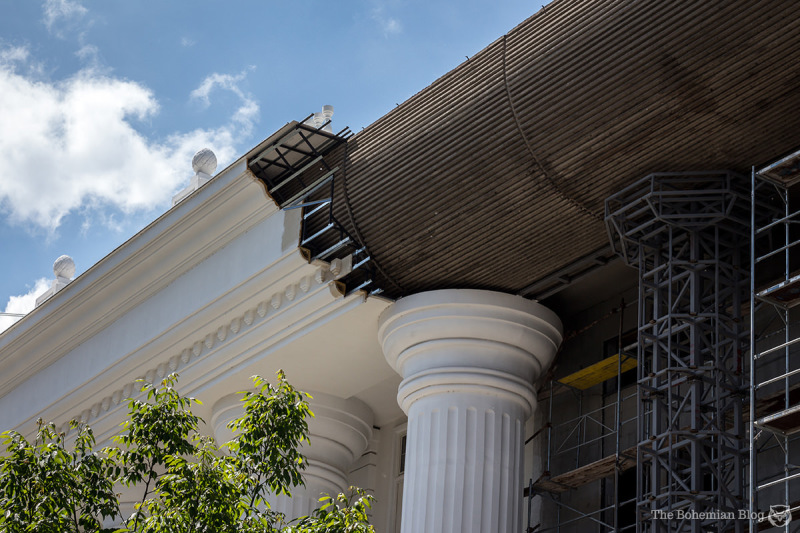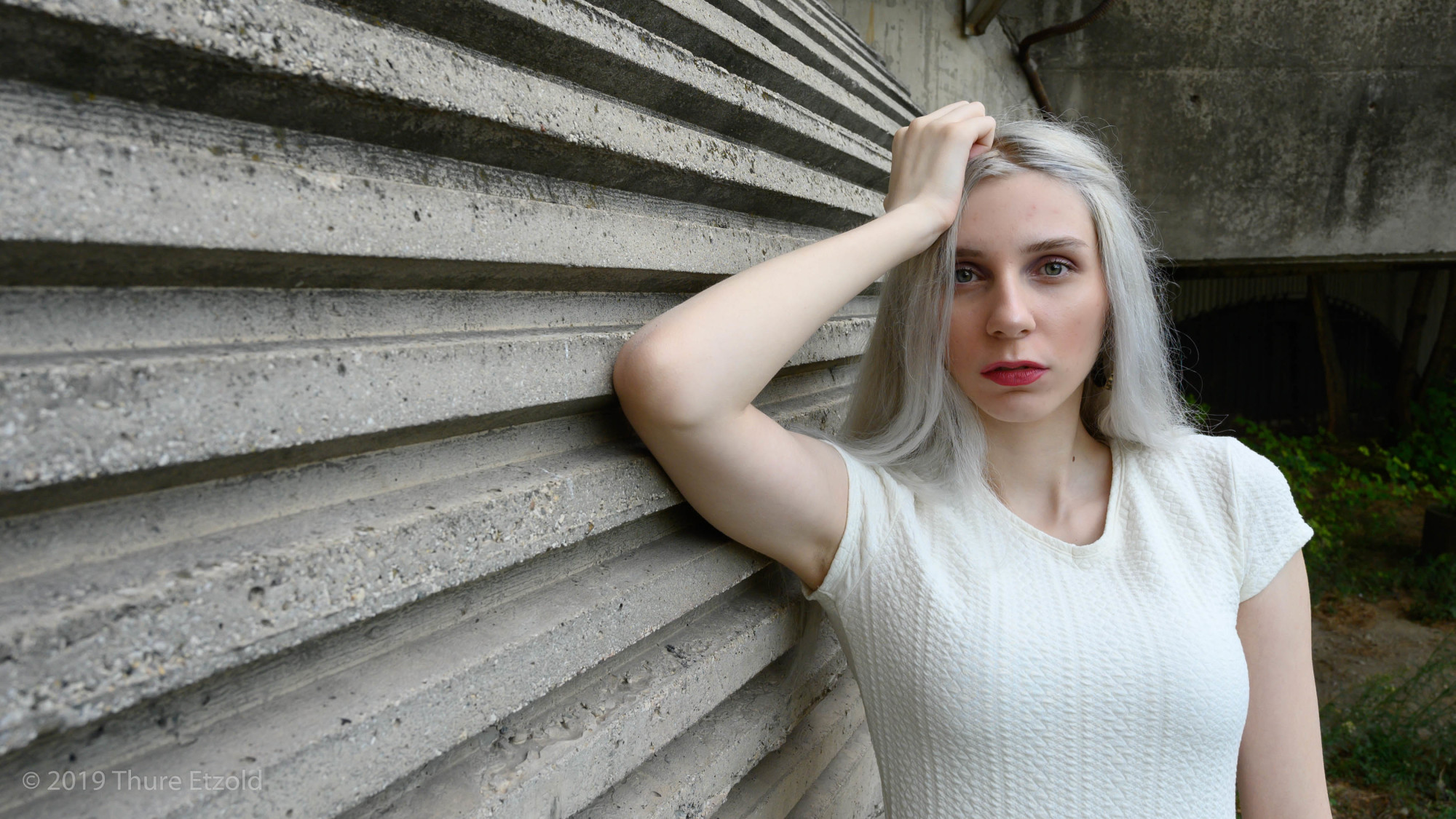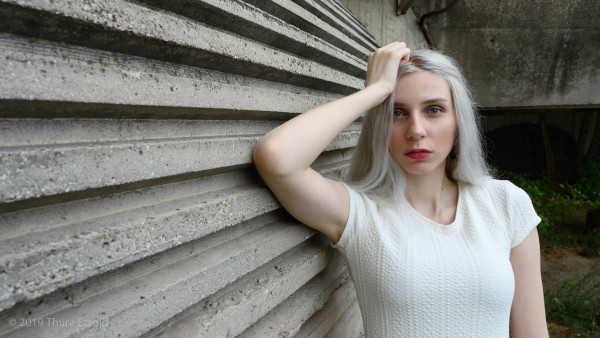Beauty and the Brute (Skopje, North Macedonia)
Yes, I know, the title should be “The Beauty and the Beast”, after the famous Disney movie. I chose ‘brute’ as in ‘brutalism’ which in turn derives from ‘béton brut’, the French expression for raw concrete. It is concrete that is left unfinished after being cast, showing patterns and seams imprinted by the formwork, often of timber. Brutalism is an architectural style that originated in the 1950s and is defined by raw concrete surfaces, unusual shapes and a blocky and ‘cold’ appearance.
The 1960s were the heyday of brutalism. It was embraced by Tito and his regime to forge a futurist and socialist utopia and to set Yugoslavia apart from the communist east. Brutalist buildings and monuments appeared all over the country, and when in 1963 the entire centre of Skopje was destroyed by an earthquake, it was an opportunity to rebuild the city in this style.

Since then Yugoslavia has collapsed and most things associated with it have fallen into disrepute. In 2014, a makeover of the city was initiated, this time evoking the perceived greatness of the ancient Macedonian history, with faux classicism, fluted pillars and a myriad of pointless statues, turning Skopje into a Disney-style capital of kitsch. Some of the modernist buildings even have been papered over with stucco and fake columns to bring them into line (see photo).
Only a few years after completion, this makeover became tainted by its association with a corrupt and deceitful post-socialist government accused of various misdemeanours, among them the spending of a fortune on a makeover that no-one had asked for. The ‘colourful revolution’ followed in 2016, a popular uprising against the government, so named as the throwing of paintballs at the new palaces and statues became its distinguishing feature.
Today, after being refashioned twice, the city centre is filled with buildings from the past symbolizing the future and buildings from the present symbolizing the past, and both are resented by the inhabitants.
It is this delightful absurdity that piqued my curiosity, and I went with a friend to inspect it on-site. My main interest though was Skopje’s brutalist architecture and I hoped to find it in a similar state as that of Brasilia, with a patina of age and neglect, adding to its otherworldly appeal, awarding it the impression of not being built to serve, but to merely tolerate humans. I was not disappointed. The modernist buildings of Skopje, through decades of scorn and neglect, appeared frozen in time and cast under some sort of spell.
For taking photos, I thought I needed a human element to lighten up the scene and make the architecture more approachable. I asked professional model Kristina from Skopje and she was happy to help.
The photos in the gallery are from three different locations, the central post office, the university library ‘St. Kliment of Ohrid’ and the museum of contemporary art.

When in the tearful finale of the movie ‘Beauty and the Beast’, Belle professes her love to the beast, the spell is broken and the prince is saved. It seems unlikely though, at least for the moment, that Kristina and her fellow citizens of Skopje will follow suit and save the ‘brute’ in similar fashion. That would be a very sad end indeed.













